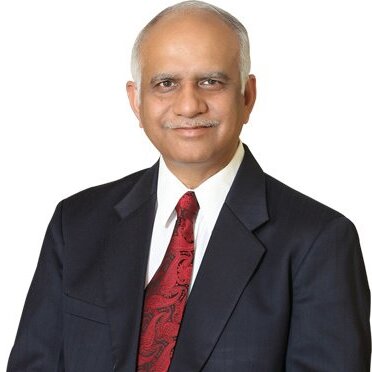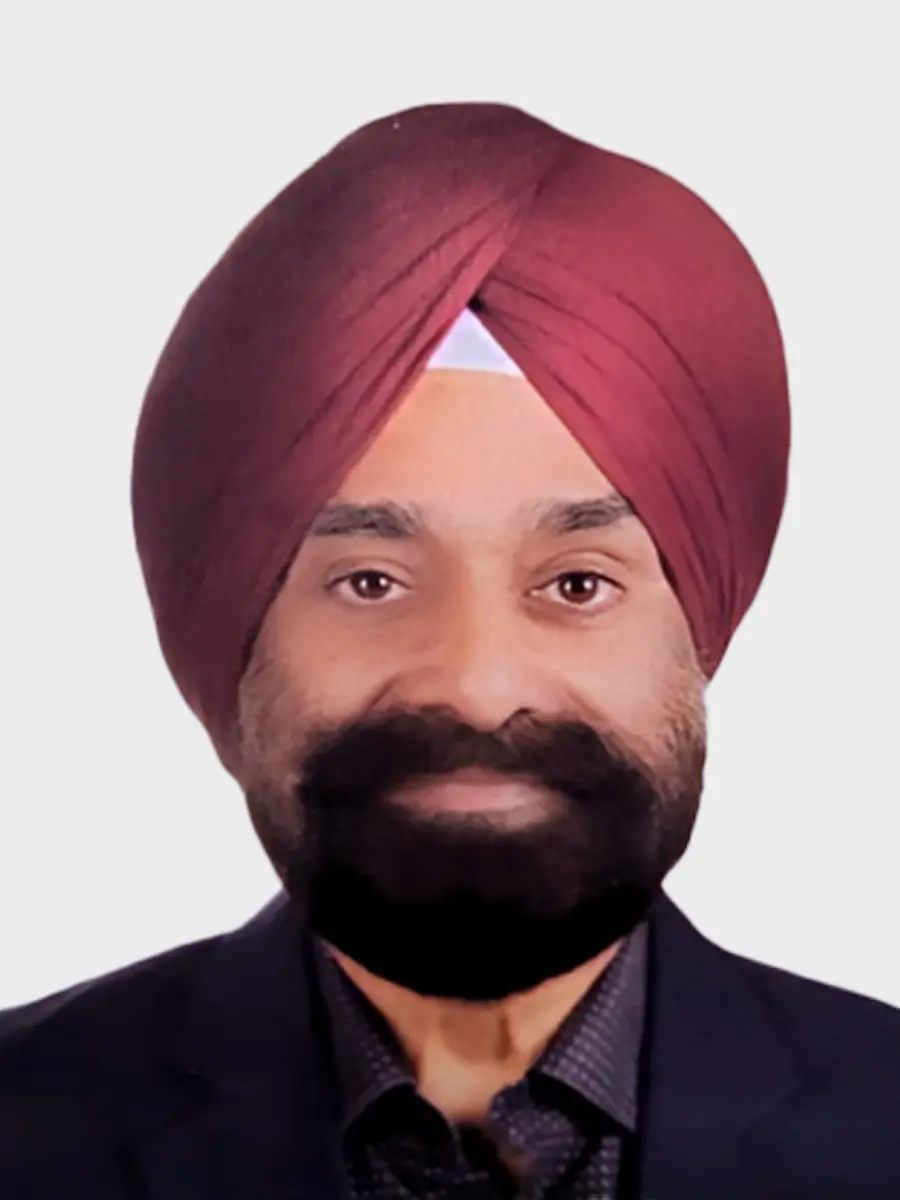Video Assisted Thoracoscopic Surgery (VATS): Procedure, Risks

Treatment Duration
1 Hours
------ To ------2 Hours
Treatment Cost
₹ 1,60,000
------ To ------₹ 3,20,000

Table of Contents
- Anatomy and Physiology of Lungs
- Conditions treated with Video Assisted Thoracoscopic Surgery
- How is Video Assisted Thoracoscopic Surgery performed?
- What to expect before and on the day of Video Assisted Thoracoscopic Surgery?
- What to expect after Video-assisted thoracoscopic surgery?
- When is consultation with the doctor needed?
- Risks of delayed Video-assisted thoracoscopic surgery
- Cost of Video Assisted Thoracoscopic Surgery
Video-assisted Thoracoscopic Surgery (VATS) is a minimally invasive thoracic surgery (MITS). This procedure is used to diagnose and treat the conditions of the chest. This technique helps in continued assessments of the chest region while dealing with cases for biopsy - lung cancer, hyperhidrosis etc
|
Surgery Name |
Video-assisted thoracoscopic surgery (VATS) |
|
Alternative Name |
Thoracoscopy, Thoracoscopic surgery, Pleuroscopy |
|
Conditions Treated |
Removing lymph node, Removing lumps, Removing extra fluid and gas from the area around the lungs, Repairing hiatal hernia, Esophageal disorders, Thymectomy |
|
Benefits of the Surgery |
Minimally invasive, Safe, successful and effective results, Less pain, Fewer complications, Shortened recovery time |
|
Treated By |
Cardiothoracic and Vascular Surgeon |
You can check Video Assisted Thoracoscopic Surgery Cost here.
Anatomy and Physiology of Lungs
- The human body has a pair of lungs. These are present in the chest or thoracic cavity.
- The lung is divided into five lobes. Three lobes, i.e., the upper, middle and lower lobe, are in the right lung, while two lobes, the upper and lower lobes, are in the left lung.
- Diaphragm muscles are present in the lower of the lungs that separates the lungs from the abdominal cavity. The diaphragm contracts and relaxes during breathing. The lung is a part of the respiratory system and is connected to the trachea.
- The primary function of the lungs is to facilitate the exchange of gases between the body and the external environment. The oxygen is taken in, and carbon dioxide is given out through the lungs.
- The lungs have a large surface area that is highly permeable to gases. The pulmonary arteries, from the heart, carry the carbon dioxide-rich blood to the lungs and pulmonary veins carry the oxygen-rich blood from the lungs to the heart.
- The organs, other than the lungs, that are related to the VATS include the heart, spine, diaphragm, oesophagus, and thymus gland.
Expert Doctors (10)
NABH Accredited Hospitals (10)


Conditions treated with Video Assisted Thoracoscopic Surgery
The surgeon may use video-assisted thoracoscopic surgery to do a variety of procedures. They are:
- Removing lymph node
- Removing lumps or growth of any tumours from the lungs.
- Biopsy for diagnosing lung cancer
- Diagnosing mesothelioma (cancer of thin tissue lining lungs and abdomen) and another type of chest cancer
- Removing extra fluid and gas from the area around the lungs
- Repairing hiatal hernia (Bulging of the upper part of the stomach into the chest cavity)
- Relieving the condition of excessive sweating
- Treating a certain type of oesophagal disorders.
- Thymectomy (removal of the thymus gland)
How is Video Assisted Thoracoscopic Surgery performed?
- The standard procedure of Video-assisted thoracoscopic Surgery includes three to four minor cuts in a triangular configuration, for inserting the thoracoscope and other instruments.
- Anaesthesiologists will then inject a dose of general anaesthesia into the patients. Anaesthesia is given in a supine position (A position of laying with the face of the patient facing toward the sky and back toward the ground).
- A thin tube is inserted into the throat of the patient for assisting with breathing during the surgery.
- After this, the patient is positioned in a lateral decubitus position withholding arms over the head.
- After this, three cuts are made to your chest. These three cuts together make a triangular configuration.
- Then the surgeon may insert a thoracoscope and other instruments through the cuts. It is inserted through each incision to ensure the path for instruments.
- After creating all three ports, instruments are inserted, and surgeons remove or repair the damaged part.
- After the surgery, the cuts are closed using suitable sutures and bandages.
- Surgeons may insert a small thin tube in the chest cavity. These tubes are known as chest drains. This tube drains any excess liquid or gas into the chest cavity to leak out.
What to expect before and on the day of Video Assisted Thoracoscopic Surgery?
Before the Surgery
Video-assisted thoracoscopic Surgery, your doctor may check your overall health to confirm how good your lungs are working and how well are you to undergo the process. You may get:
- X-ray of the chest
- Blood test
- Lung test
- The doctor may advise an electrocardiogram to check the activity of the heart
- Imaging tests of the chest such as CT scan and PET scan
Your doctor may also ask you to:
- Stop smoking
- Stop taking certain medicines like blood thinners.
- Include some exercise in your daily routine.
- Stop eating the night before the surgery.
- Perform breathing exercises.
On the day of Video-assisted Thoracoscopic Surgery
- Reach the hospital premise at the scheduled time.
- Do not wear jewellery and makeup while going to the hospital for surgery.
- Clothing that you wear to the hospital should be comfortable and loose-fitting. In addition, they should also be comfortable to wear after the surgery procedure.
- Do not wear any metal piercings, contact lenses or glasses to the hospitals.
- Surgeons will place an Intravenous tube into your veins and then wheel you to the operation theatre on a stretcher.
During the Surgery
- Video-assisted thoracoscopic surgery usually takes about 2 to 3 hours.
- All the procedure is done under the influence of general anaesthesia. So, you will be asleep during the whole procedure and will not feel any pain.
- The surgeon will make three small incisions in your chest, forming a triangular confirmation.
- A thoracoscope, a flexible tube with a camera at the head, would be inserted into one incision and the instruments in other incisions.
- After the surgery, the surgeon closes the cuts using self-dissolving sutures. Then it is bandaged by an experienced nurse.
What to expect after Video-assisted thoracoscopic surgery?
After the Surgery
- The drain tube is likely to be present at the time when you will wake up after the completion of surgery.
- The drain tube is used to drain the fluids from your chest cavity.
- Medical staff will continuously check your heart rate and blood pressure during your stay at the hospital.
- Stay at the hospital will vary depending upon the technique used by the surgeon.
- Surgeons will prescribe you some antibiotics to prevent the chances of infection.
- A breathing therapist may also assist you by giving you breathing sessions.
- Although the surgery includes minimal invasion, sometimes patients may feel slight discomfort around the ribs.
First follow-up appointment
- A follow-up appointment with the surgeon may be scheduled after 7 to 10 days of the surgery.
- Your surgeon may give you instructions regarding recovery at home.
- The surgeon may assess the wound sites and signs of recovery at follow-ups.
- They will provide guidelines about the care at home and when you can return home.
- Most people who undergo VAT surgery can return to work after three to four weeks of surgery.
When is consultation with the doctor needed?
Immediately consult a doctor if you experience any of the following signs and symptoms:
- Postprocedural fever (Fever after the operation)
- Leaking of air from the lungs that do not heal on time
- Infection in the wound of the incision
- Draining of pus from the wound
- Chest pain
- Coughing up blood
- Redness and swelling at the site of sutures.
Risks of delayed Video-assisted thoracoscopic surgery
- Video-assisted thoracoscopic surgery is performed to manage several conditions, some of which are life-threatening.
- These conditions include lung cancer or other types of cancer. Delaying this surgery may result in the spread of cancer to other organs. It may reduce the overall chances of survival of patients.
- Thus, the surgery should not be delayed when the patients have a life-threatening condition.
- Further, some conditions are not life-threatening. However, they may affect the quality of life.
- Progression of these conditions may also result in complications. Thus, it should not be delayed if there is an actual need for surgery.
Cost of Video Assisted Thoracoscopic Surgery
The cost of VATS ranges from ₹1,60,000 to ₹3,20,000. The cost varies based on the following factors:
- Type of VATS surgery
- Age of the patient
- The medical condition of the patient
- The type of hospital facility availed - individual room or shared.
|
Procedure Name |
Cost Value |
| Video Assisted Thoracoscopic Surgery | ₹1,60,000 to ₹3,20,000 |
More Treatment options
Last Updated on: 3 December 2022
Author
HexaHealth Care Team
HexaHealth Care Team brings you medical content covering many important conditions, procedures falling under different medical specialities. The content published is thoroughly reviewed by our panel of qualified doctors for its accuracy and relevance.










 Kumud Rai max ppgn)











